What is the difference between all kinds of kalimbas?
There are many different types of kalimbas, and the below four types are the most popular. They each have their advantages and disadvantages. To decide which one to buy, it depends on the tone you are looking for.
In general, flat-board Kalimba sounds bright and crystal, and it has the clearest tone among others. In contrast, the hollow body kalimba has a more round and warm tone. In addition, the design of the soundhole in the middle can make a fascinating 'wah-wah' sound when you move your fingers around the soundhole, which is so much fun to play. Acrylic kalimba looks dreamy and has a very clear tone. However, acrylic material doesn't vibrate as much as wood; as a result, acrylic Kalimba is quieter than wooden kalimba.
The most popular kalimba for beginners is the 17 keys hollow body design with the soundhole in the middle. In our opinion, the 'wah-wah' sound effect on a kalimba is something that can not be missed.

Does the type of wood have a significant impact on the tone?
Not a huge difference, but still noticeable. However, different shapes have a much more significant impact on sound than different wood.
So the easiest way for choosing a kalimba is
-
Choose the shape of the kalimba
-
Select the colour or design you like
-
Read about the timbre characteristics of wood in the product description. and listen to it. (we have sound test videos attached in the product description for most of our kalimbas).
How many keys should I choose?
Technically, no matter what type of Kalimba, the way of playing is the same. In general, 17 keys kalimba is the most suitable size for beginners. It has enough range to play the most popular pieces, and the size of a 17 key kalimba is comfortable to hold. In addition, the kalimba tabs for 17 keys are easy to find. There are tons of tutorials and kalimba tabs on Youtube; most are made for 17 key kalimba.
If you are more musically inclined or played other instruments, feel free to choose the 21 key or 34 key chromatic kalimba. kalimba has 21 keys, or more can play many complex pieces, including classical and jazz. Moreover, If you're looking for a versatile kalimba that progresses with you from beginner to advanced, consider the chromatic kalimba. It combines the capabilities of three kalimbas in one, making it an ideal choice for quick learners.
In addition, the 8 key pentatonic scale kalimba might not be suitable for your first kalimba, as the note arrangement is unique, which there are not many popular pieces that can be played on this kalimba.
On the other hand, the pentatonic scales are ideal for improvisation and meditation or sometimes an excellent scale for young kids' musical education.
Which tuning should I choose?
70% of the model we sell are tuned in C major, the most common tuning for Kalimba and the easiest to understand. But even for beginners, Kalimba tuned in any other major keys can be suitable because most beginners learn from reading kalimba tabs.
With kalimba tabs, all kalimbas can be played the same way, no matter what key it is. So even you have a kalimba tuned other than C major, as long as it is in a major key, you can still follow the same tabs made for C major kalimba. As a result, the melody will be the same, and the whole piece will sound slightly lower and deeper.
In addition, hollow body kalimba with a middle soundhole design is the most popular type of Kalimba. However, it tends to have problems with its end tines (it sounds muted and does not resonate enough). It's more because of the structure of this type of Kalimba (the end tines are the shortest and far away from its soundhole) than quality problems.
Therefore, choose a different tuning for this type of Kalimba will solve this problem entirely. For example, the below two models have perfect end tines and extraordinary resonance for all keys.
Which kalimba has the best sound quality?
Since the quality of the sound of this instrument largely depends on its material selection and craft. A good tonewood is rarer and more expensive in terms of cost, so the sound quality can also be seen from the price. There are currently many different kalimbas in the market, each with its own price range.
Unfortunately, some cheap kalimbas in the market have terrible sounds because they were manufactured cheaply without attention to detail or durability—people who made them often have zero understanding of this musical instrument.
Therefore, we at Little kalimba shop guarantee only sell high-quality professionally made instruments. And we check and tune all of our kalimbas before sending them out to our customers.
Even though all our products are made from professional musical instrument manufacturers, they have done strict quality inspections before sending the goods to us. We will still eliminate nearly 8%-10% of the products to ensure that what our customers receive is 'The most perfect'. The eliminated products are only due to occasional minor flaws or scratches on handmade products. We will regularly donate them to local charities.
So please rest assured, the musical instrument you buy from us will be of excellent quality. If the budget allows, we highly recommend to choose kalimba with price over $90. Compared with the basic models, their sounds are more refined, rich, and expressive, providing a better playing experience. Yes, it is a little bit pricey than basic models, but it's so worth it!
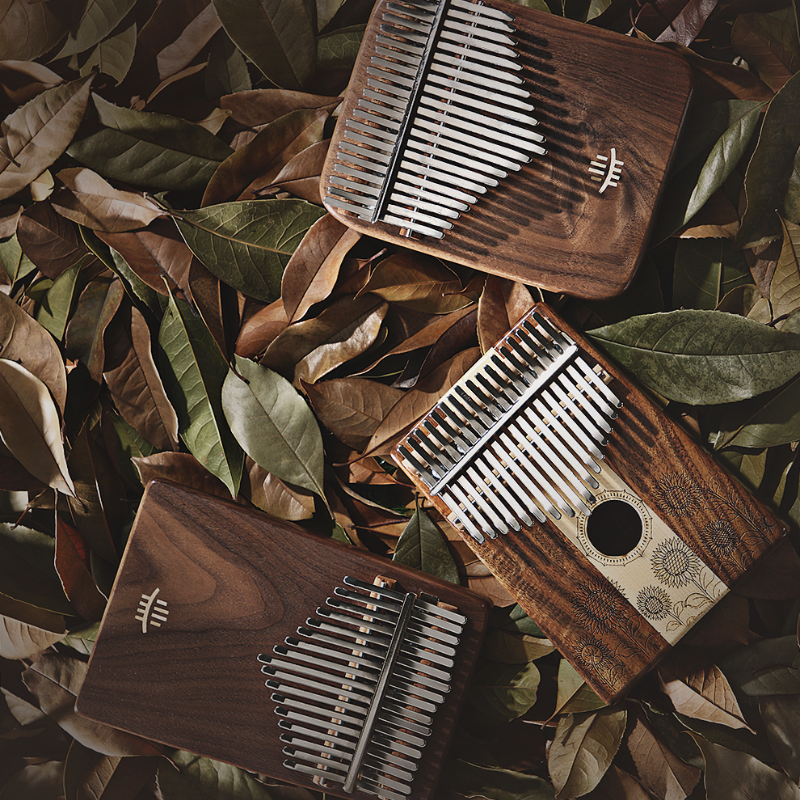
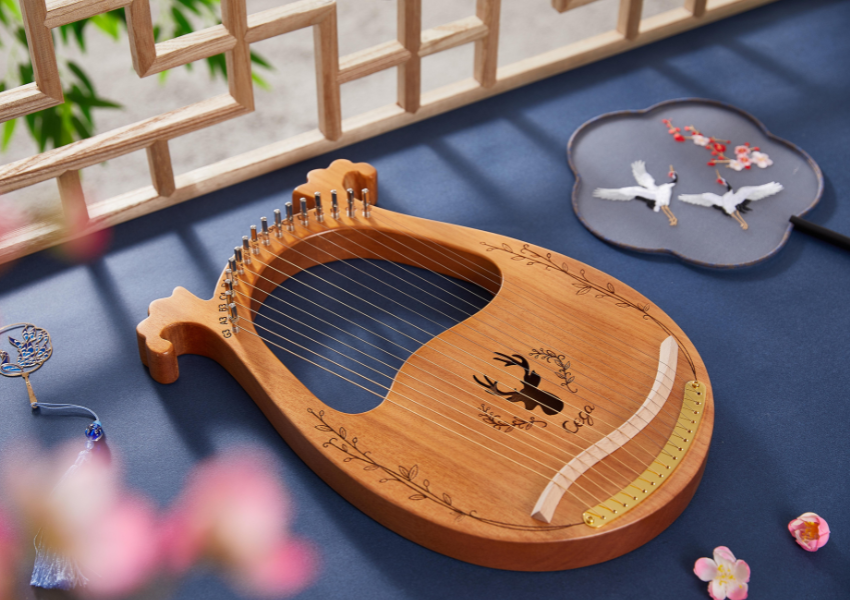
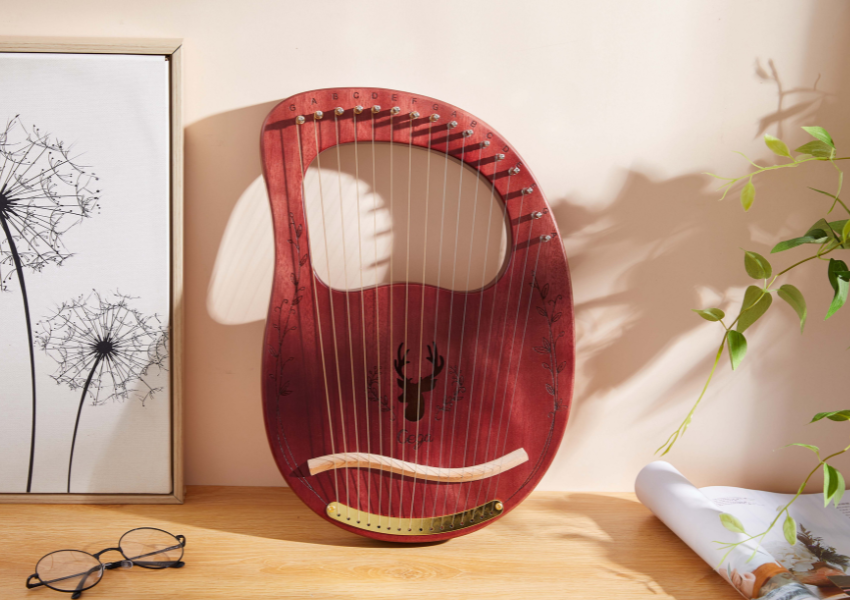
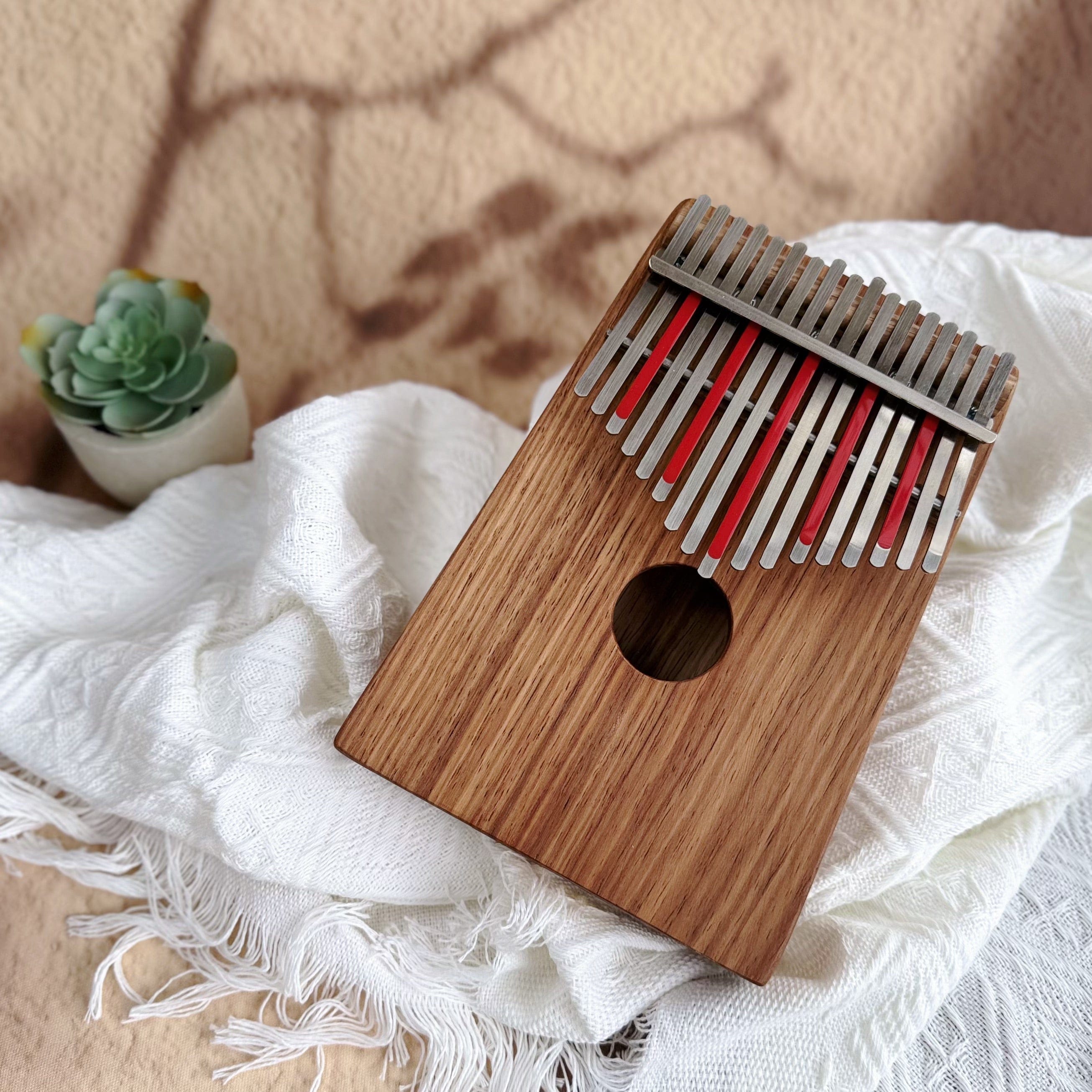
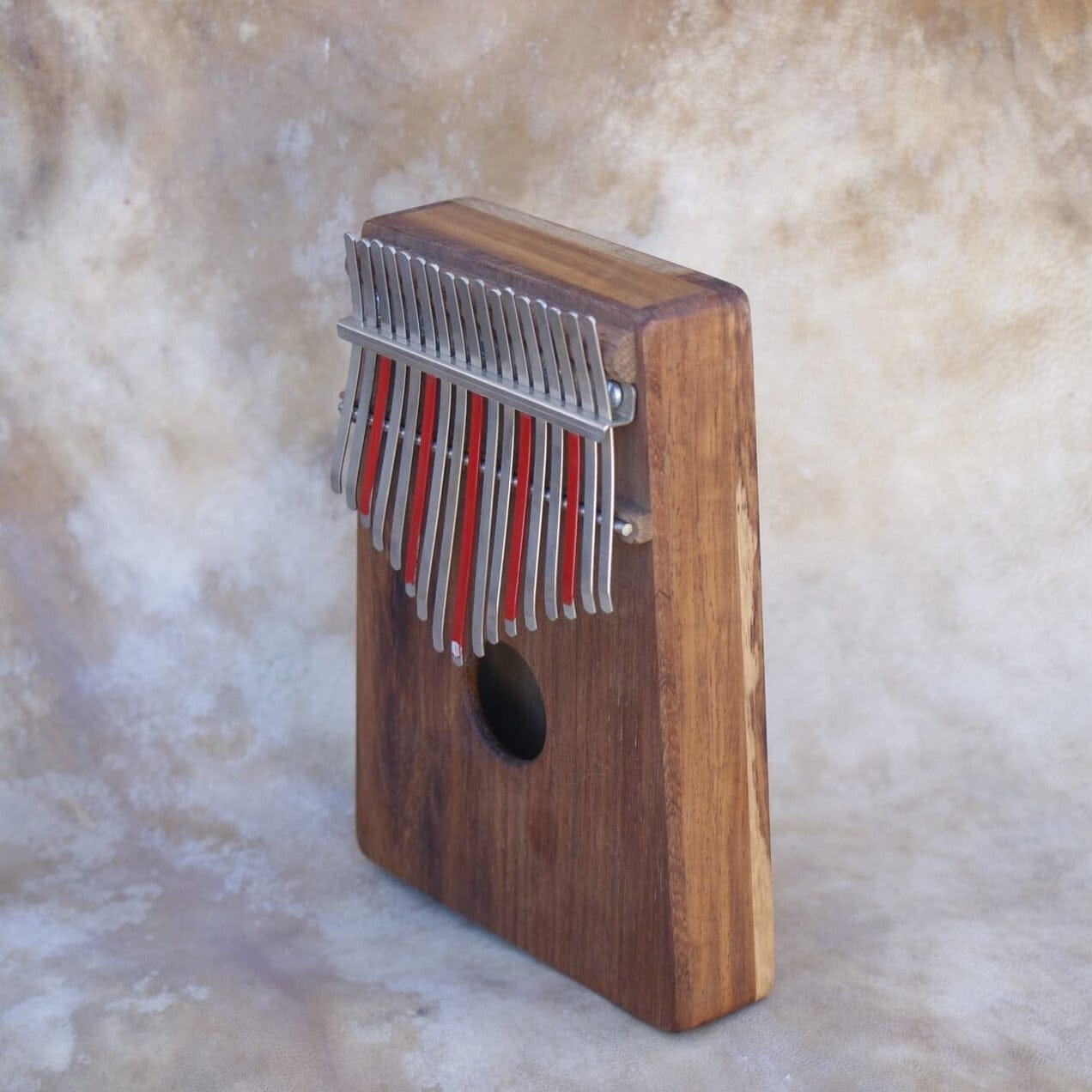



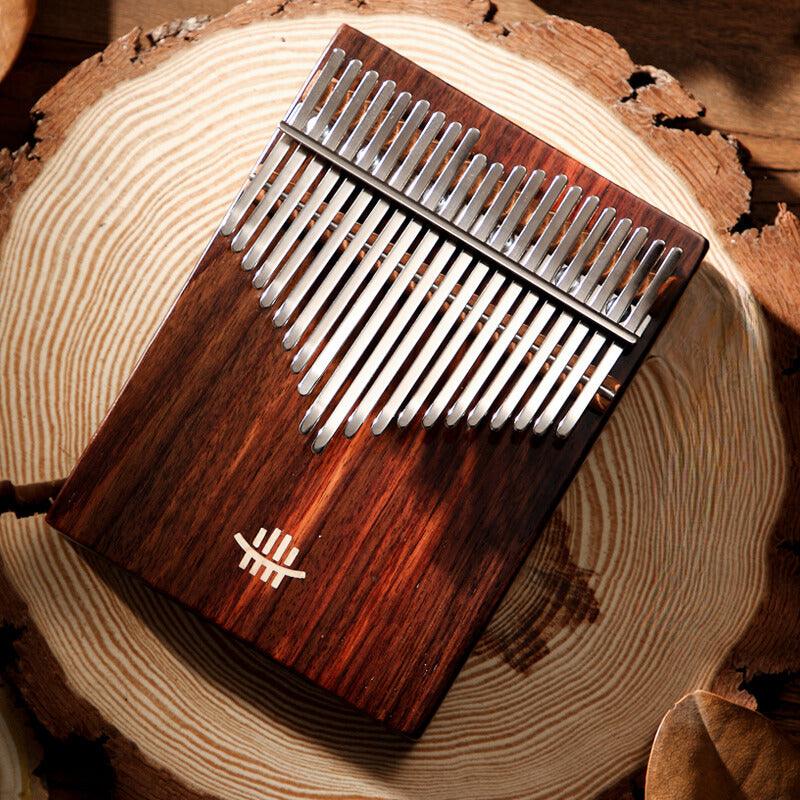
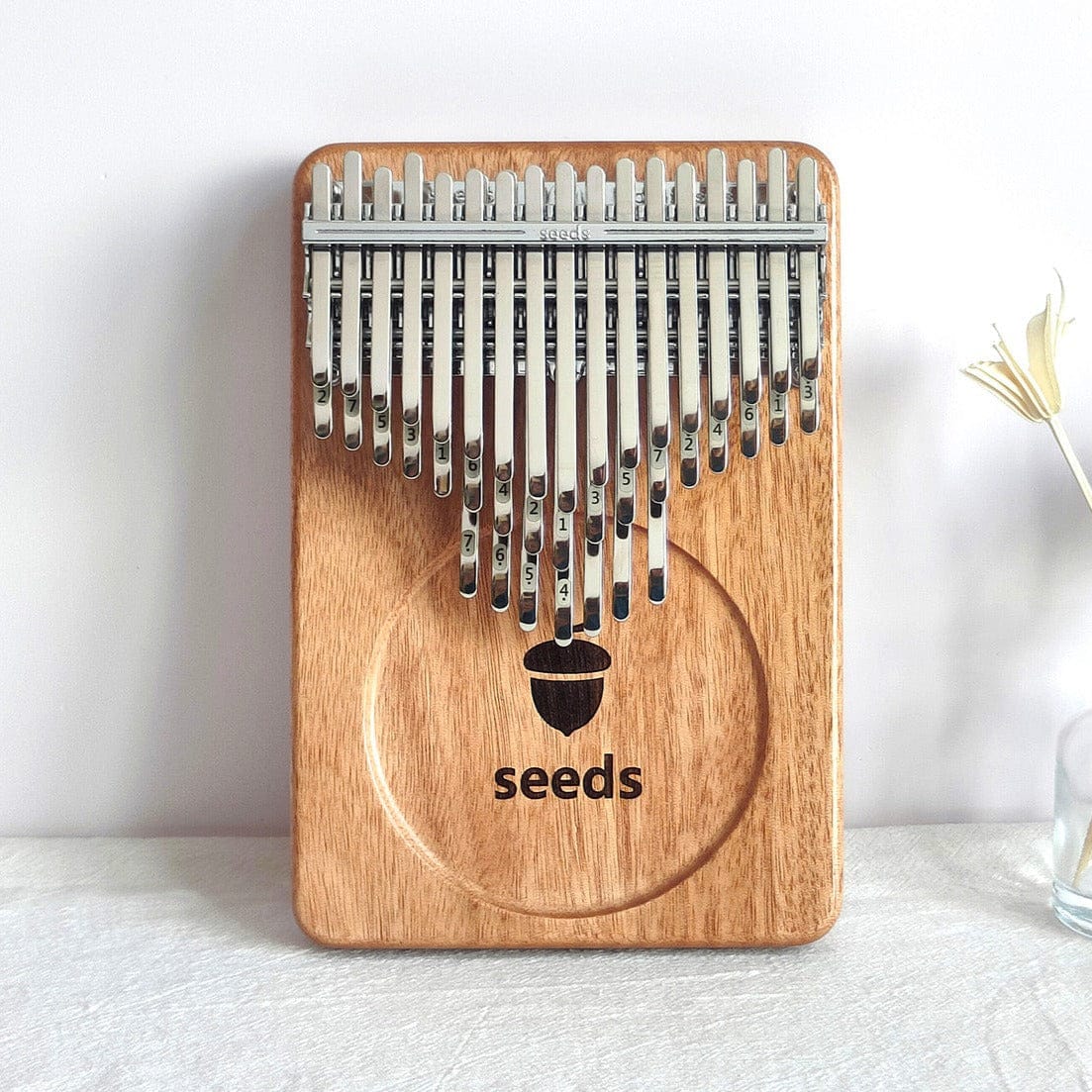
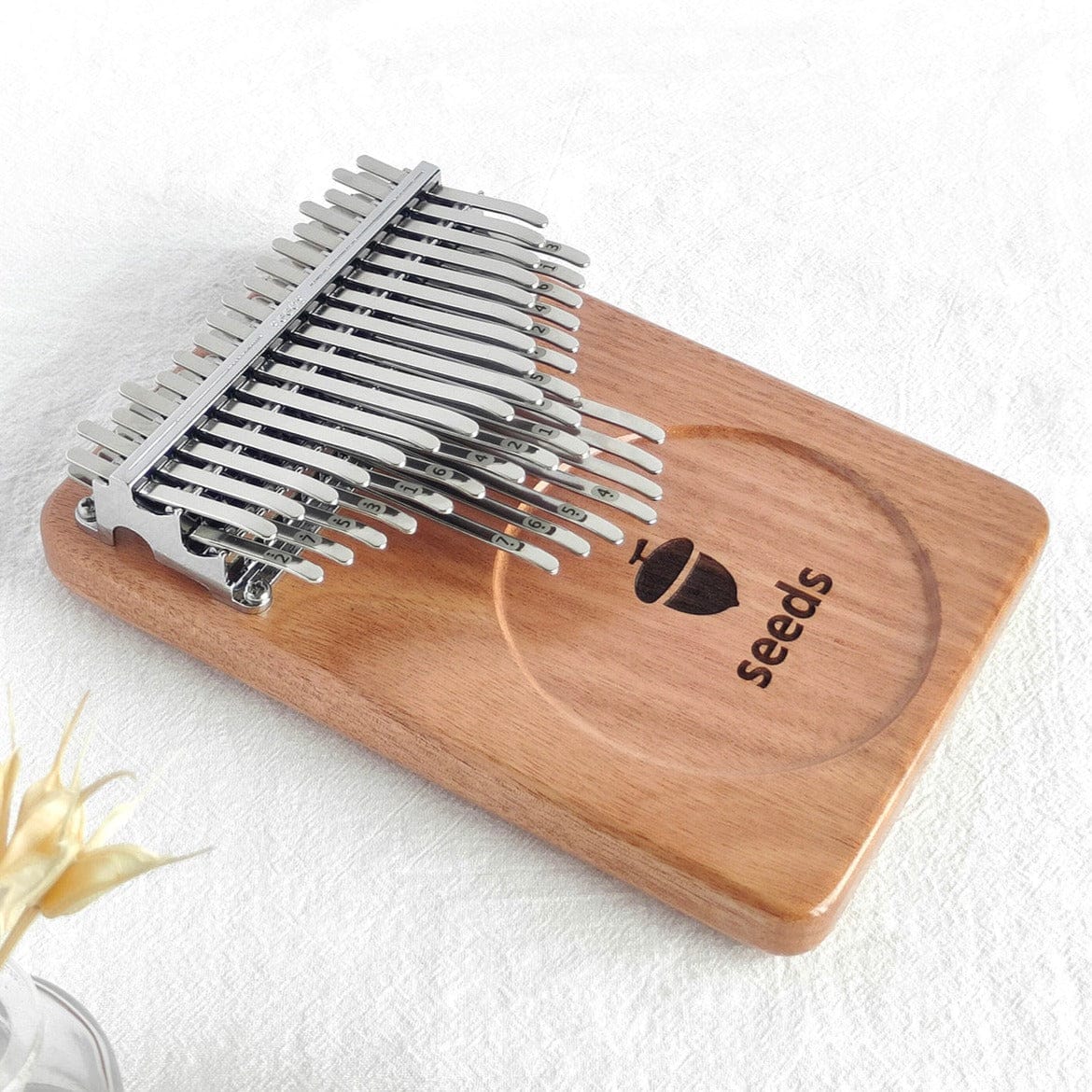


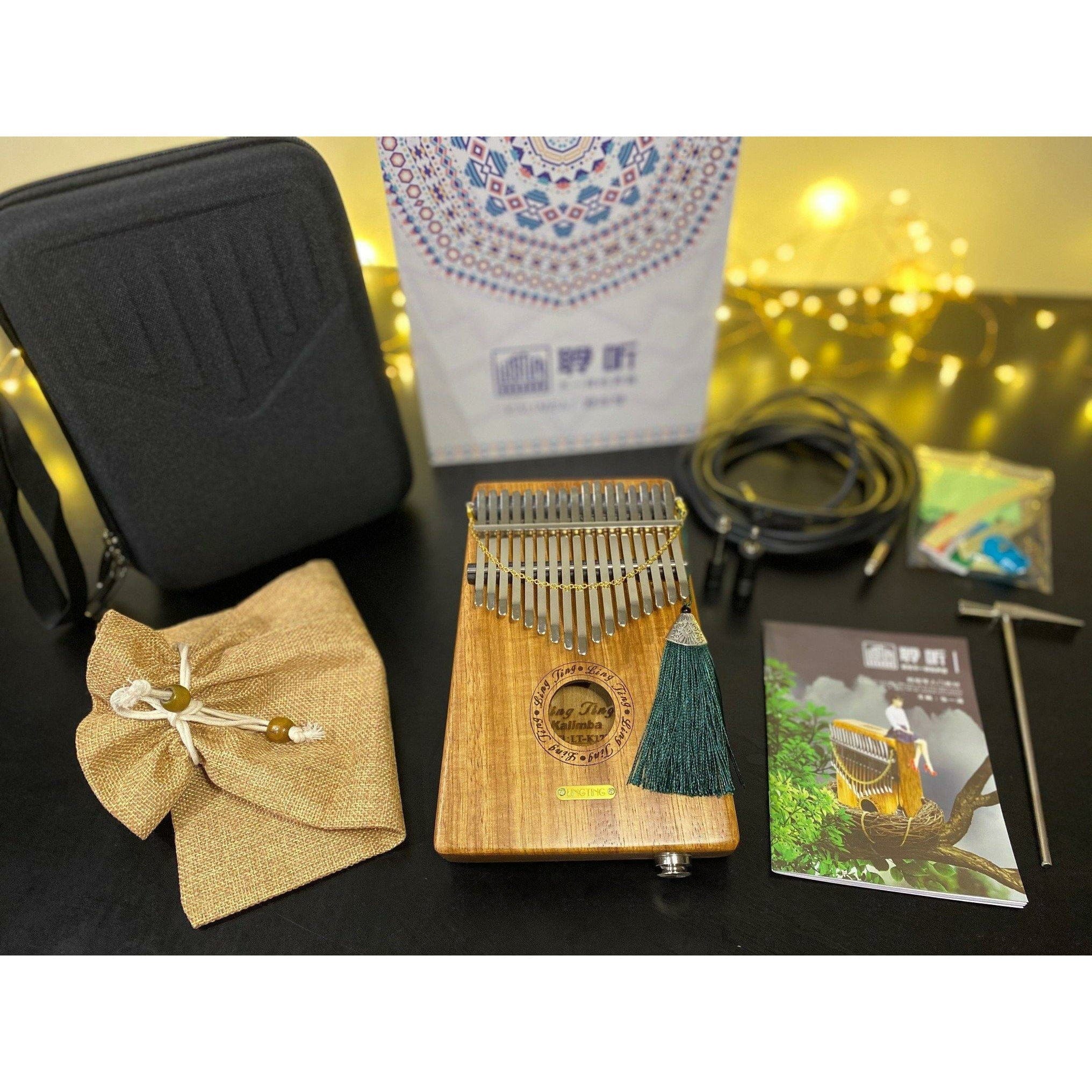
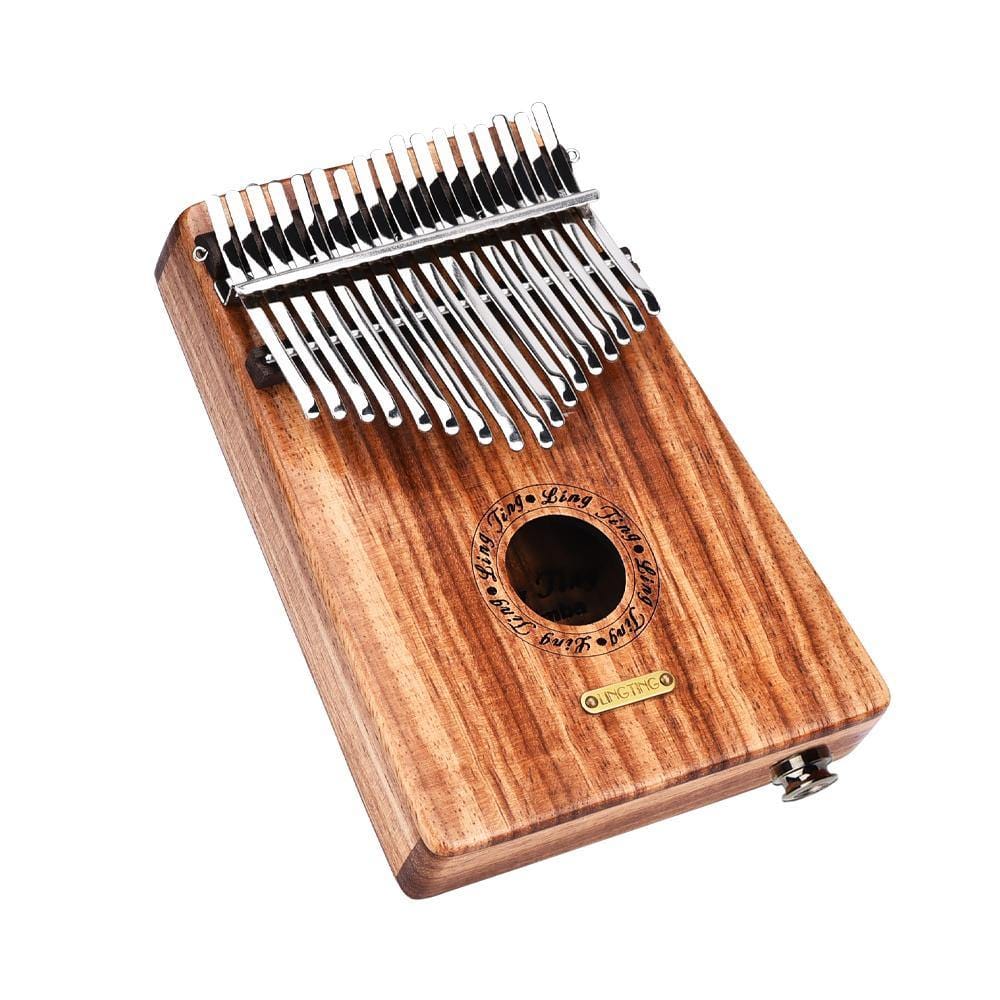
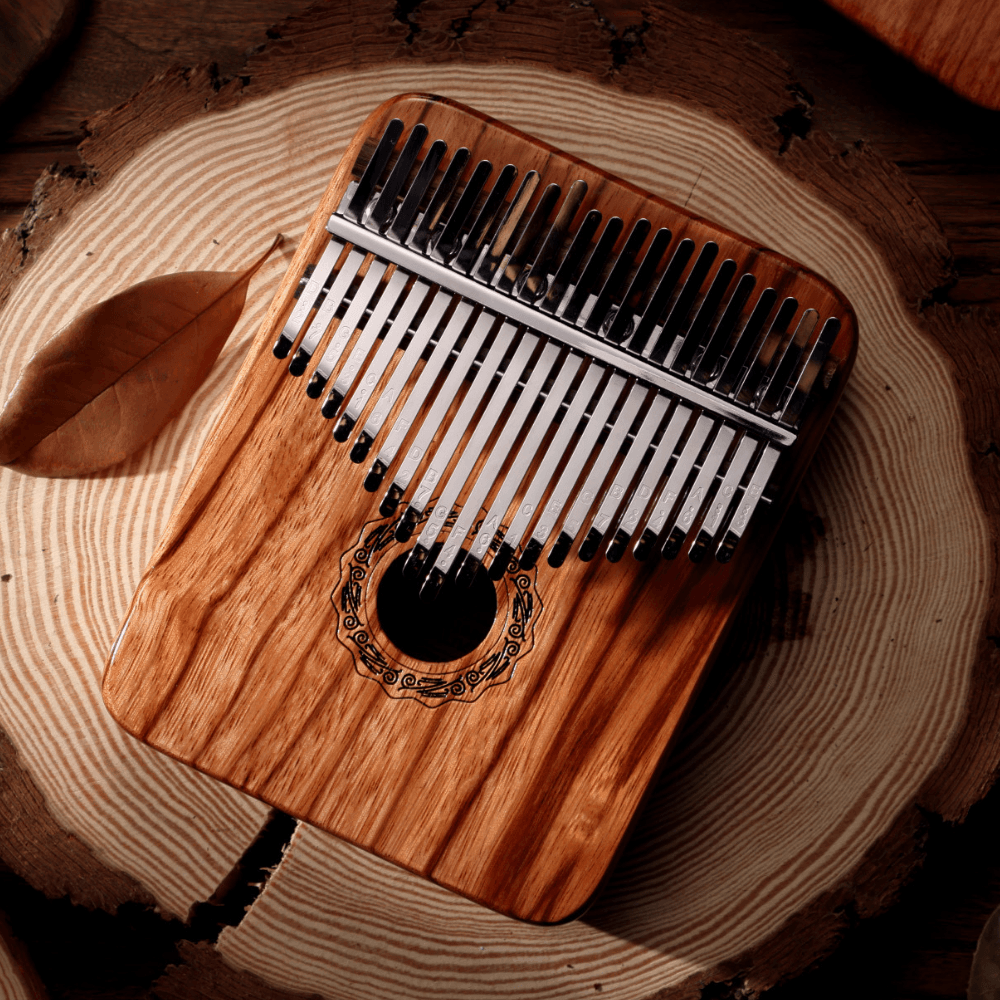
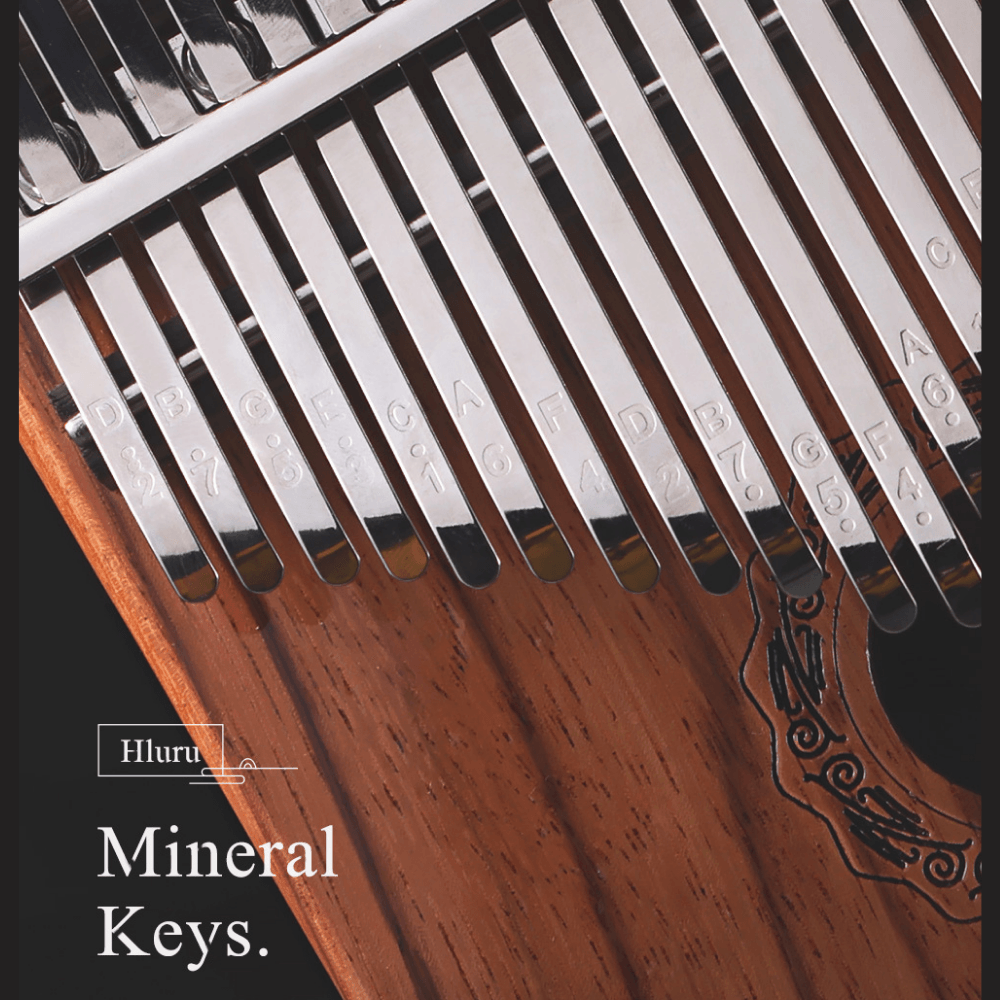
1 comment
Merja Neil
I would like to come into the shop
Leave a comment
All comments are moderated before being published.
This site is protected by hCaptcha and the hCaptcha Privacy Policy and Terms of Service apply.